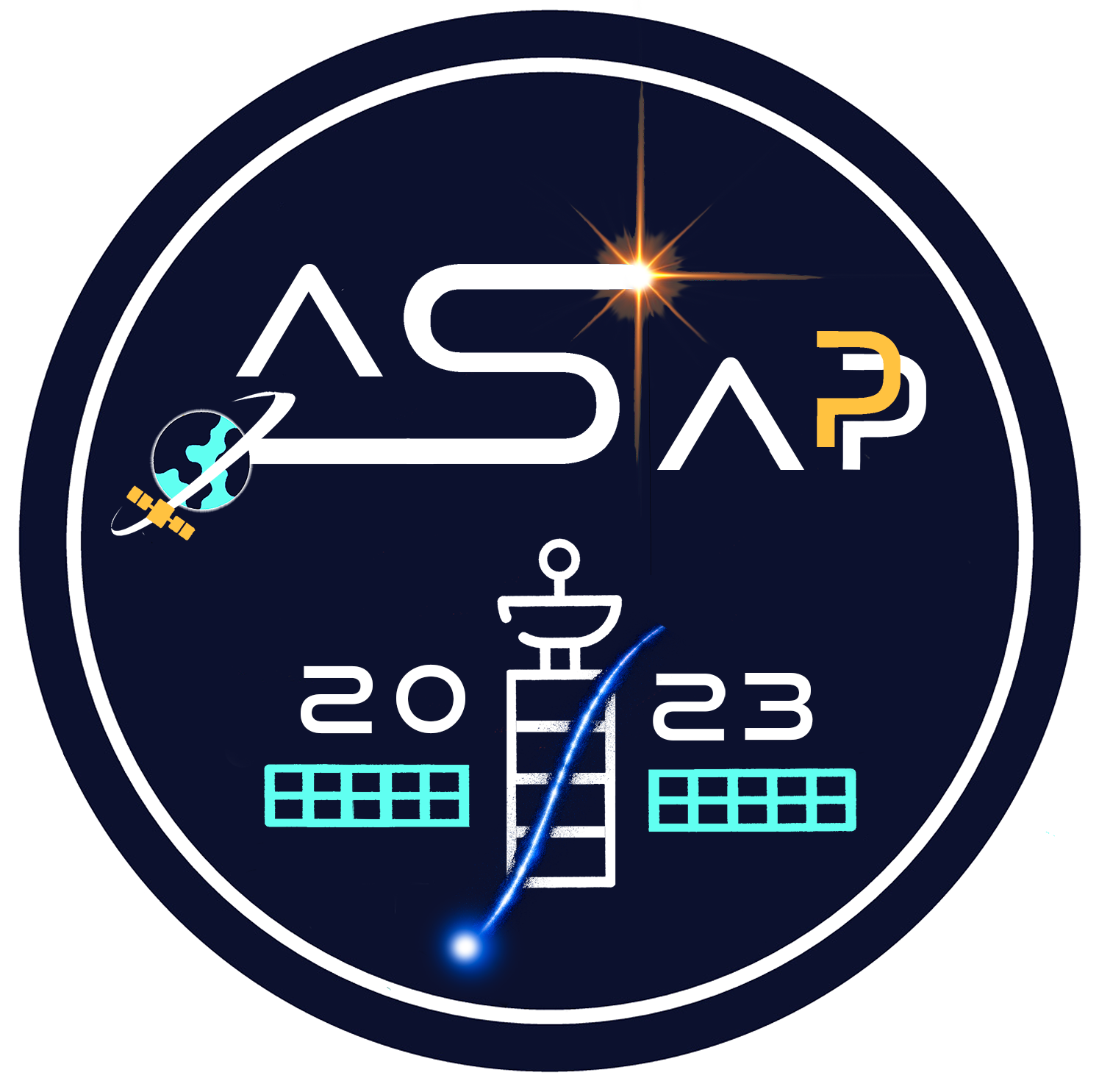Speaker
Description
The existence of a different state of hadronic matter other than the ordinary nuclear matter, called strange quark matter (SQM), was proposed for the first time in the 1980s. This kind of hadronic matter would be composed by a roughly equivalent number of u, d, and s quarks. SQM could be stable and may constitute the true ground state of hadronic matter. Quarks could therefore be lumped together, forming clusters whose size could range from that of heavy nuclei up to that of a compact star. SQM could have been produced in the Big Bang, be part of baryonic dark matter, exist as “strange quark stars” and is a candidate for Dark Matter. Lumps of SQM could be ejected in space because of binary star collisions or be produced in the early Universe Galaxy and reach Earth where they could be identified with cosmic-ray detectors or mass spectrometers.
Various experiments (from space we mention Pamela and Mini-EUSO) have tried to search for SQM in different environments, on the ground, on balloons, and on satellites. From space, a method of looking for SQM is by searching for meteor like events burning in the atmosphere with a higher speed (about 200km/s) and with a longer track (due to the higher mass/area ratio).
SQM-ISS is an Idea submitted to ESA which aims to search for SQM using a local compact detector composed by a stack of scintillators (to detect ionization by SQM) and a stack of metal plates (to read the vibration caused by the passage of SQM) coupled to time-of-flight system capable of measuring the speed of the particle. SQM is expected to cross the detector (unhindered by the ISS hull of the detector itself) a speed
consistent with galactic orbital velocity of about 220 km/s. The signature of these particles can be in the ionization channel (if it is charged) in the phonon/vibration channel (if it is neutral or charged), but anyway the detection of a signal consistent with this speed and crossing the detector would be an unambiguous signature of a very dense, insofar undetected particle. The ISS is a unique environment since it provides a very stable microgravity environment thus removing the seismic noise of the ground and allows access to these particles before they could interact with the atmosphere.
In this presentation we will present the detector, the science objectives and the perspectives fro flight in light of the ESA evaluation
| Eligibility for "Best presentation for young researcher" prize | No |
|---|
